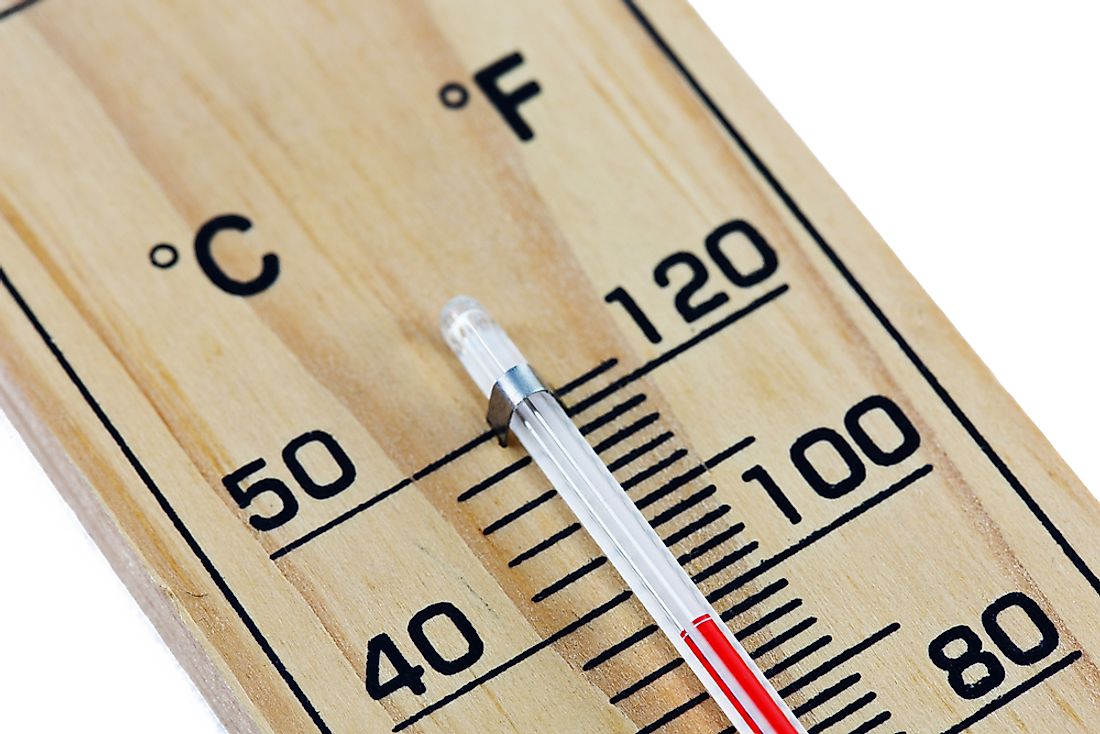
Brief History of Celsius & Fahrenheit Scales
Measuring temperature using Fahrenheit is an invention of a physicist known as Daniel Gabriel Fahrenheit in 1724. He developed the scale on the basis that the lower defining point 0°F was a solution of brine. Today the scale has two fixed points namely the freezing point of water (32°F) and the boiling point of water (212°F). By the end of the 20th century, the United States and its territories used Fahrenheit as their measure of temperature. The Celsius scale, on the other hand, was an invention of a Swedish astronomer called Anders Celsius. He developed the scale in 1742, years after the design of the Fahrenheit scale. The Celsius scale works by 0°C being the freezing point of water and it’s lowest point, while 100°C is the boiling point of water and the highest measure. Most countries of the world use Celsius to measure temperatures.
Formula For Converting Celsius to Fahrenheit
There is a simple formula used to convert temperature measured in Celsius to Fahrenheit. In the formula, F symbolizes Fahrenheit whereas C is a denotation for Celsius. Hence, the formula is:
F= 1.8 C + 32
One can also write it as:
F = 9/5 C + 32
Example of a Conversion
The normal room temperature is 25° C. The room temperature can be converted to Fahrenheit using the formula above as follows;
F = 1.8 C + 32 (this is the formula)
F = (1.8) (25) + 32 (this is after substituting the value of C)
F = 45 + 32
F = 77
Therefore, the conversion of 25°C to Fahrenheit yields 77°F.
Condition For Conversion
When a conversion produces decimal values, it is essential to eliminate the decimal section by rounding off the value to the nearest whole number. The standard requirement of this conversion is to ensure that the value obtained after the calculation is converted to the same number of significant figures as the value given in Celsius. Apart from the conversion of Celsius to Fahrenheit, other temperature conversions that are vital for scholars include converting Fahrenheit to Kelvin, Celsius to Kelvin, Fahrenheit to Celsius, Kelvin to Celsius, and Kelvin to Fahrenheit.



 Users Today : 34
Users Today : 34 Total views : 636718
Total views : 636718